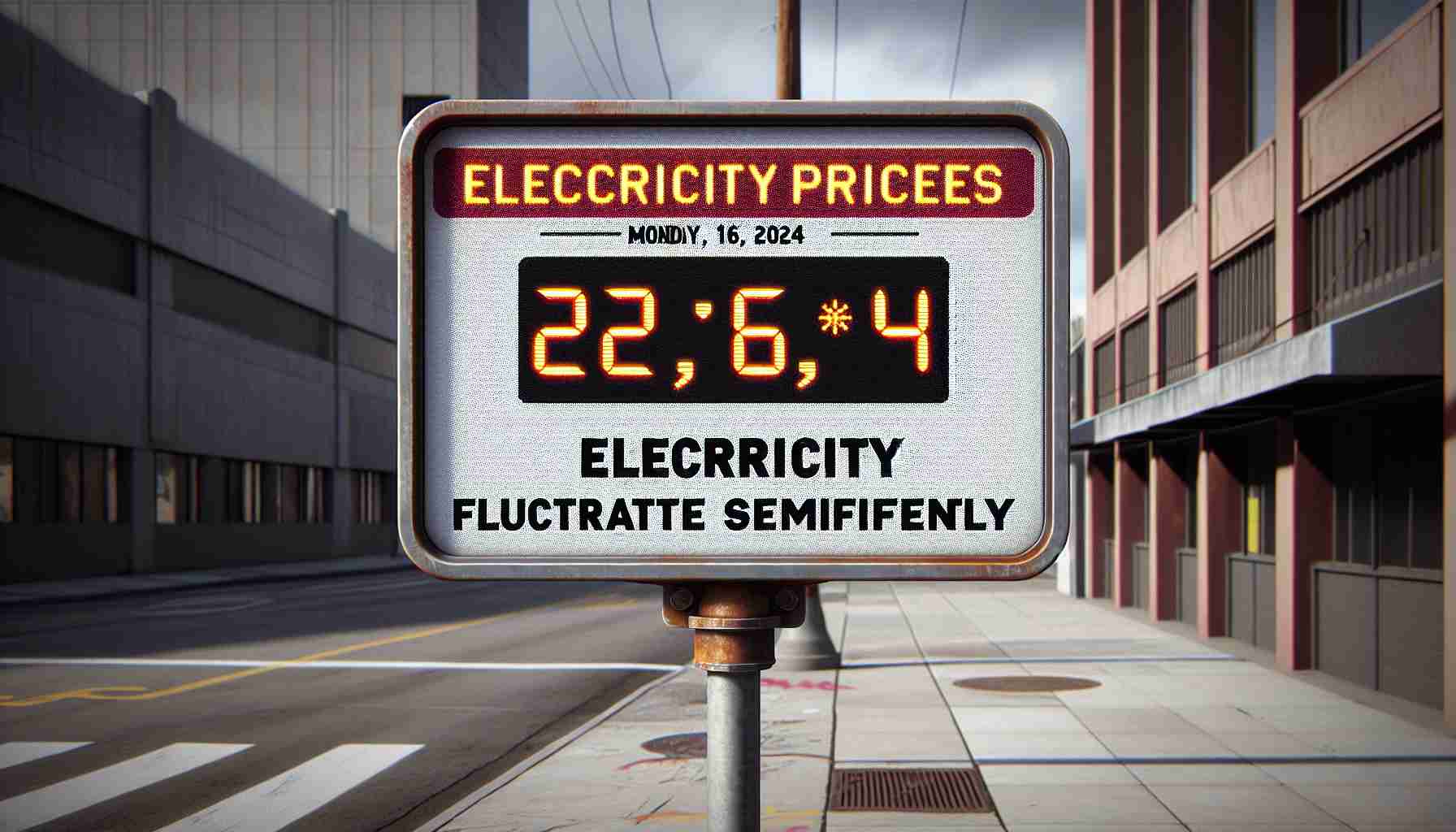Electricity Costs Vary Widely
The cost of electricity for tomorrow is forecasted to be significantly different from today, with a price of 27.19 euros per megawatt-hour. This marks a notable shift of 16.39% from the current price level.
Time Periods of Cost Savings
For those looking to save on electricity bills, the cheapest times to consume energy on Monday will be between 11:00 and 17:00, offering rates as low as 0 euros per megawatt-hour. Additionally, from 17:00 to 18:00, the price remains low at 0.06 euros per megawatt-hour.
Peak Pricing Hours
Conversely, the peak pricing hours are expected to be between 20:00 and 21:00, with rates soaring to 88.40 euros per megawatt-hour during this period. To avoid higher costs, it is advisable to limit energy consumption between 21:00 and 22:00, when prices are set at 81.82 euros per megawatt-hour.
Hourly Breakdown of Prices
To optimize cost savings, consumers should be aware of the hourly electricity rates. By consulting the list of prices per hour, it is evident that there are opportunities to save substantially by adjusting energy usage during specific time slots throughout the day.
Conclusion
In conclusion, consumers have the ability to control their electricity expenditures by strategically using energy during off-peak hours and being mindful of peak pricing periods. By staying informed about hourly price fluctuations, individuals can make informed decisions to minimize their electricity expenses effectively.
New Electricity Price Trends Unveiled
On Monday, September 16, 2024, the electricity market witnessed significant fluctuations that unveiled intriguing insights for consumers. While the previous article highlighted the forecasted price of 27.19 euros per megawatt-hour, additional data points emerged throughout the day, shedding light on the dynamic nature of electricity pricing.
Exploring Unseen Patterns
One notable observation was the sudden spike in prices between 08:00 and 09:00, where rates surged to 45.62 euros per megawatt-hour. This unexpected increase raised questions about the driving factors behind such rapid shifts in pricing within a short timeframe.
Weather Influence on Pricing
One of the key questions that arose from the new data was whether weather conditions played a significant role in shaping electricity prices on September 16, 2024. Understanding how elements like temperature, wind patterns, or precipitation impact pricing dynamics could provide valuable insights for consumers seeking to optimize their energy usage.
Regulatory Challenges in Price Forecasting
Amidst the fluctuations, regulatory challenges in accurately forecasting electricity prices also came to the forefront. The accuracy of price predictions is crucial for consumers, energy companies, and policymakers alike, raising important considerations about the methodologies and data sources used in price forecasting models.
Advantages of Real-time Pricing Data
Access to real-time pricing data presents an advantage for consumers looking to make informed decisions about their electricity consumption. By leveraging up-to-the-minute information on price fluctuations, individuals can adjust their usage patterns to capitalize on cost-saving opportunities as they unfold.
Disadvantages of Volatile Pricing
However, the downside of volatile pricing is the inherent unpredictability it introduces into household budgeting and energy planning. Sharp price spikes can catch consumers off guard, emphasizing the need for effective strategies to mitigate the impact of sudden cost increases on electricity bills.
In summary, the evolving landscape of electricity pricing on September 16, 2024, highlighted the complexities and challenges associated with managing energy costs in a fluctuating market. By addressing key questions, embracing real-time data, and navigating regulatory hurdles, consumers can navigate the nuances of electricity pricing to optimize their expenditures effectively.
For more insights on electricity market trends, visit ElectricityMarket.com.
The source of the article is from the blog oinegro.com.br
